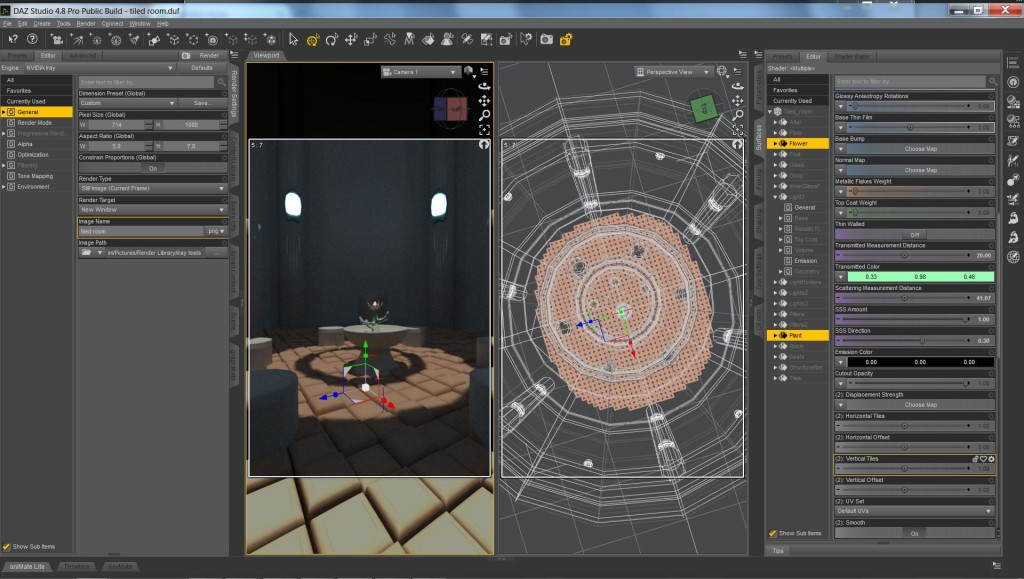
It also helped to save as scene subset or camera preset so I could import it later on if I ever screwed up again. I then learned you can lock your camera position. The couch was jumping all over the place, couple inches here and there, so I had to start over.

I imported all the renders into my game at once only to realize I had nudged my viewport a few times and the scenes didn’t line up. I kept the character and couch together to preserve the iRay shadows of the character on the couch. I rendered the environment without the character/couch, and then proceeded to create several renders of various expressions and positions of the character for the dialog. Lock your cameras One of my opening scenes involves some dialog with a fixed character on a couch.I ended up just buying a refurbished PC with a RTX 2080 Ti to do the renders for me, which went from averaging 20–60 minutes to 1–5 minutes for my particular scenes. Some brief reading disclosed to me Daz’s iRay renders use CUDA cores, exclusively from Nvidia. Nvidia Having recently upgraded my MacBook Pro for work (software development) a few weeks before starting my Daz adventure, I assumed it would be just fine, and made it really far down the Daz tunnel before realizing that the renders were not using my GPU (AMD Radeon).Here are 10 things I wish I knew beforehand that would have saved me some headaches. As fun as it is to work with these tools, I had a bit of a rough start.

I’ve been developing software and making games for years, and I decided recently to try making a visual novel with Ren’Py and Daz Studio. 8 Things I Wish I Knew When Starting Daz and Ren’Py


 0 kommentar(er)
0 kommentar(er)
